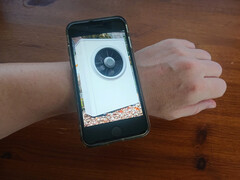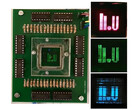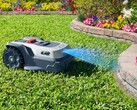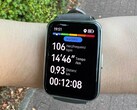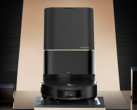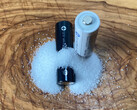Especially with small sensors for domestic use, even a button cell sometimes lasts a year. However, they still need to be replaced at some point. This applies to many smart devices, all of which rely on a power source.
You either have to lay cables or rely on batteries or rechargeable batteries, sometimes combined with solar cells. The effort involved is great, and the economic viability is largely questionable.
This is where a team of researchers from the University of Utah comes in. Even without sunlight, without cables and without changing batteries, a permanent power supply should be guaranteed.
And in the "pyroelectrochemical cell" (PEC), this comes from the ambient temperature. More precisely, from its fluctuation. Nanoparticles containing titanium and barium are embedded in a porous synthetic fabric.
In addition, there are the classic components of a battery. As the temperature rises or falls, the electrical properties of the system change so that a voltage is generated by the change in potential. A capacitor or a conventional rechargeable battery can use this to store electricity, which in turn energizes the smart device.
The PECs developed in the laboratory can draw 100 microjoules from an area of one square centimeter by heating or cooling it once. Converted, that would be 0.001 watt hours.
In other words: where, for example, large round button cells such as those in this Zigbee contact sensor work for between six months and a year, such an energy cell, which is admittedly still experimental, could already be used. It is the right size and supplies sufficient power. Classic wristwatches or the outdoor temperature sensor would also be other examples.
Just as a heat pump or refrigerator uses electricity and technical work to extract and transfer heat at one point, the PEC generates electricity from the changing ambient temperature. However, this is a purely electrochemical and not a mechanical process - so it is not a heat pump, but rather a heat battery.




